Did You Know?
An intriguing fact about Mohenjo-Daro is its highly advanced drainage system, where nearly every house was connected to a comprehensive network of covered drains.
27°19'27.7"N 68°08'09.4"E
![]()
UNESCO World Heritage Site
An intriguing fact about Mohenjo-Daro is its highly advanced drainage system, where nearly every house was connected to a comprehensive network of covered drains.
The Best Time to Visit Sindh Province is Winters. Preferably from September to April Peak Summers (May to August) can get extremely hot with temperatures reaching higher than 40 °C . Hence Summers are not recommended.

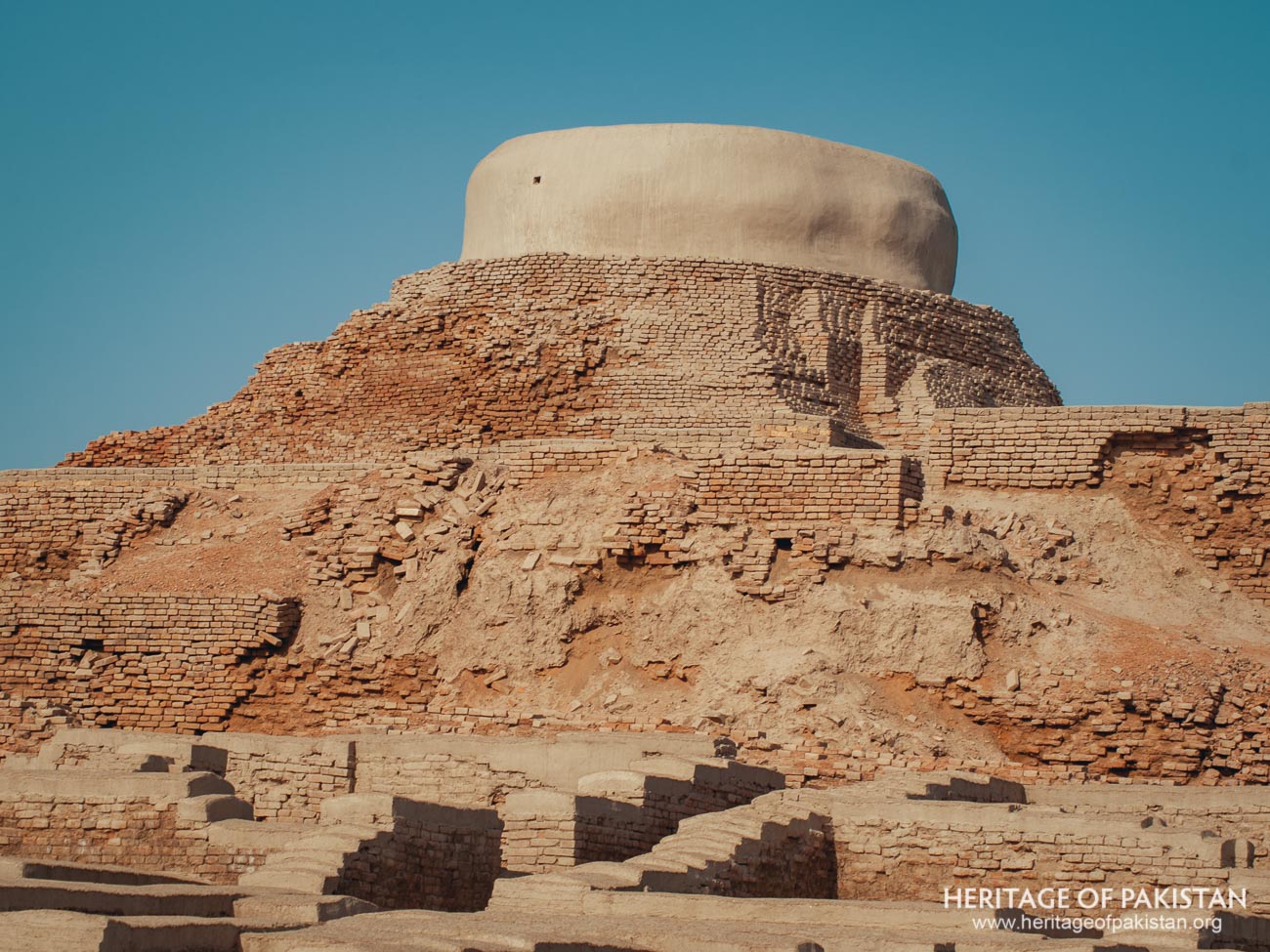
Mohenjodaro was a prominent city of the Indus Valley Civilization which thrived between 2500 and 1500 BCE. The Indus Valley Civilization, noted for its advanced urban planning and infrastructure, was among the most developed civilizations of antiquity. Despite its prominence, Mohenjodaro remained hidden beneath the earth for over 3,000 years until its rediscovery in the 1920s. Subsequent excavations revealed a highly sophisticated urban center, marking the site as an essential key to understanding the achievements and lifestyle of the Indus people. It stands as one of the most significant archaeological discoveries of the ancient world.
The civilization is renowned for its craftsmanship, advanced art forms, and a well-developed system of pictographic writing. One of the defining features of the Indus Valley people was their limited use of iron, which was uncommon in contrast to contemporary civilizations that had already developed iron tools and weapons. Instead, the Indus Valley artisans extensively used copper, bronze, and stone in their construction and tool-making activities, indicating a reliance on these materials for technological purposes.
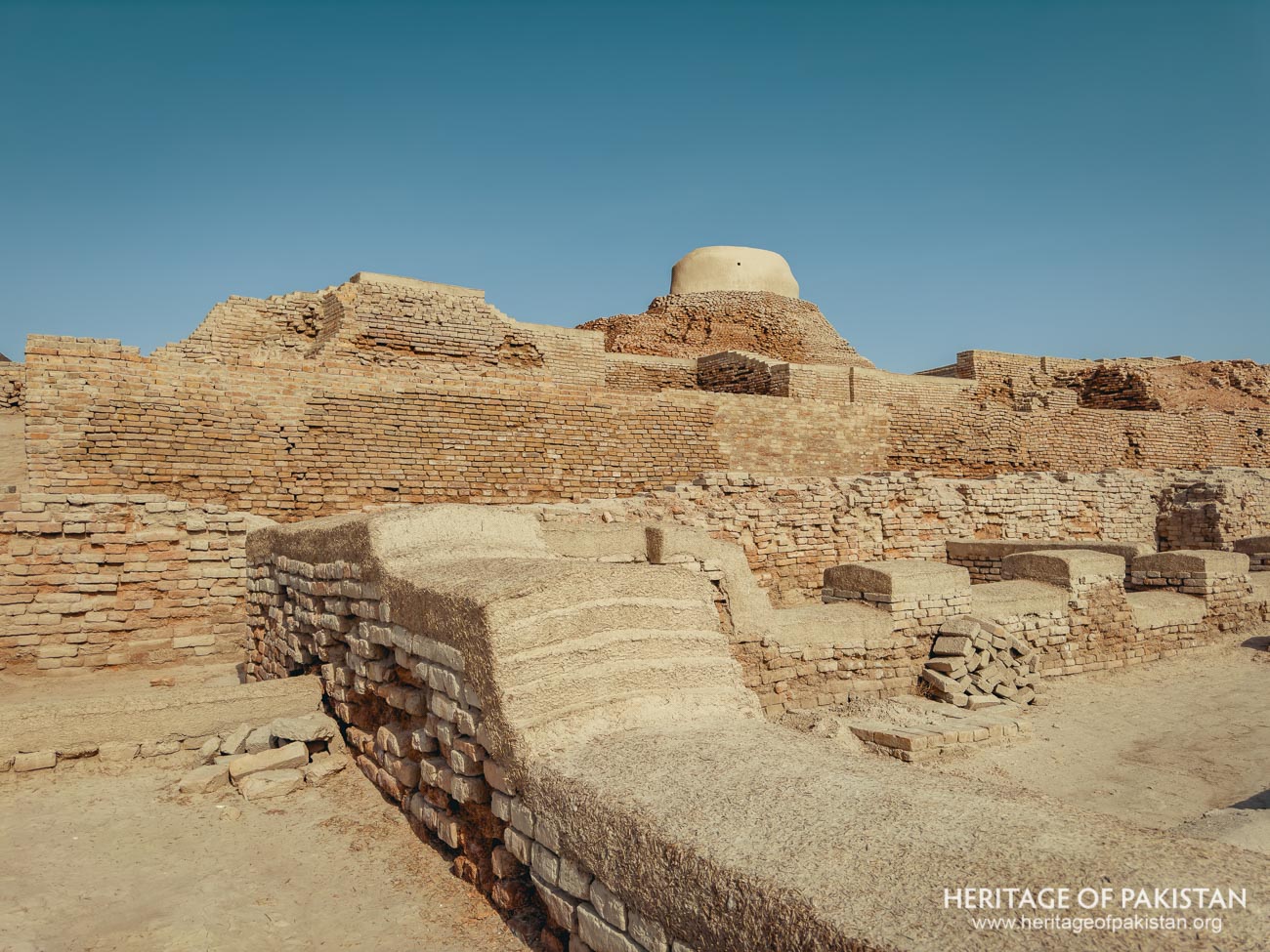
The economic foundation of the Indus Valley Civilization, including Mohenjo-Daro, was predominantly agrarian, with agriculture playing a central role in the livelihood of its inhabitants. The hydrographic system of the Indus River was crucial to the region’s agricultural practices. The river not only provided essential water for crop irrigation but also served as a critical transportation route, facilitating trade and communication with other regions. The crops cultivated by the Indus Valley people included wheat, sesame, dates, and cotton. Water for these crops was sourced from both annual rainfall and the adjacent Indus River, reflecting the civilization's ability to harness natural resources efficiently.
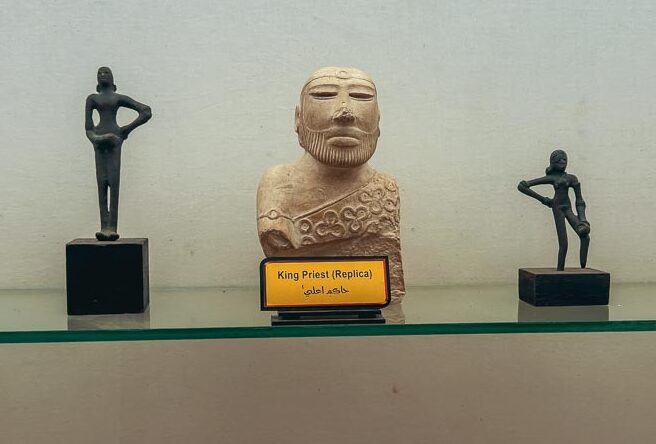
Trade was another essential aspect of the Indus Valley's economy. Archaeological evidence suggests that the people of Mohenjo-Daro and other Indus cities maintained trade links with neighboring civilizations, including Ancient Persia and Mesopotamia. These trade networks enabled the exchange of surplus agricultural production for metals, semi-precious stones, and other valuable commodities. Such interregional trade underscores the commercial sophistication of the Indus Valley Civilization and its integration into a broader economic network across the ancient Near East.
Environmental conditions in the region also played a significant role in shaping the development of the Indus Valley Civilization. Evidence from the designs and motifs of moist habitat animals, such as tigers, rhinoceroses, elephants, and buffaloes, suggests that the region experienced significant rainfall during ancient times. This abundance of water may have contributed to the agricultural prosperity of the civilization. However, changes in the region's climate, particularly reductions in rainfall, are thought to have contributed to the eventual decline of the Indus cities, including Mohenjo-Daro and Harappa, after 1800 BCE.
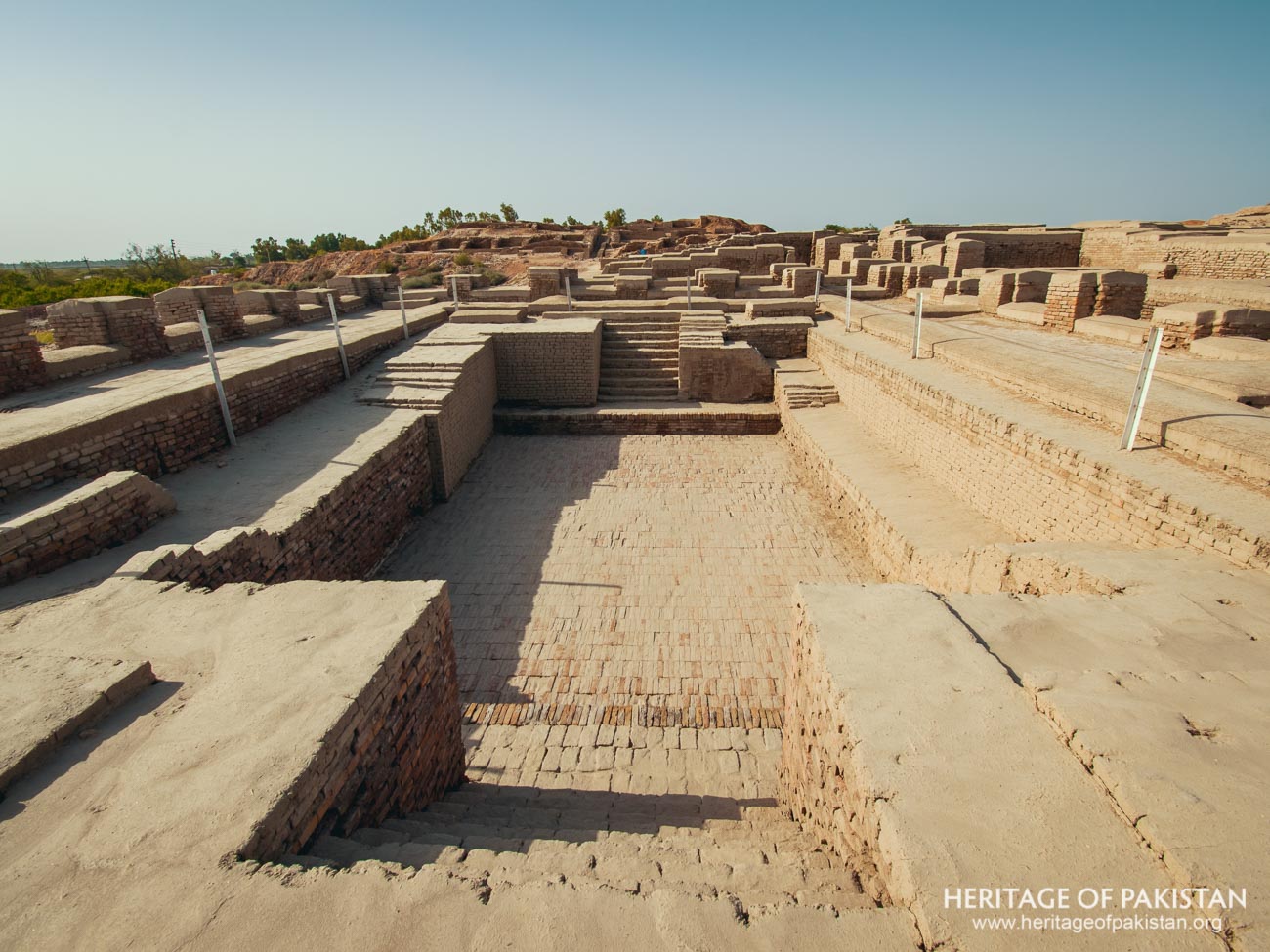
The causes of the civilization’s decline remain a subject of scholarly debate. One prominent theory posits that climatic changes, such as shifting rainfall patterns and the increased threat of flooding, may have made the cities vulnerable to natural disasters. Both Mohenjo-Daro and Harappa were constructed along riverbanks, making them particularly susceptible to flooding. Fear of such natural calamities could have led to the abandonment of these cities. Another theory suggests that the Indus Valley Civilization may have been overtaken by invaders, given the scarcity of weapons found at these archaeological sites, which indicates that the people may have lacked a strong military tradition. The possibility of migration to more fertile areas, prompted by environmental degradation or external threats, is also considered a contributing factor to the decline.
The rediscovery and excavation of Mohenjo-Daro began in 1922 when R. J. Banerji, the director of the Western Archaeological District based in Bombay, visited a large mound in the region. This mound was capped by what appeared to be a brick tower, which local traditions claimed to be only about 400 years old. Superstition surrounded the mound, with local fishermen believing that anyone who climbed it would turn blue, leading to its long-standing neglect. Banerji soon determined that the structure was the remains of a plundered stupa, a Buddhist monument. Further excavation uncovered the rectangular base of the stupa and the sub-foundations of a surrounding monastery.
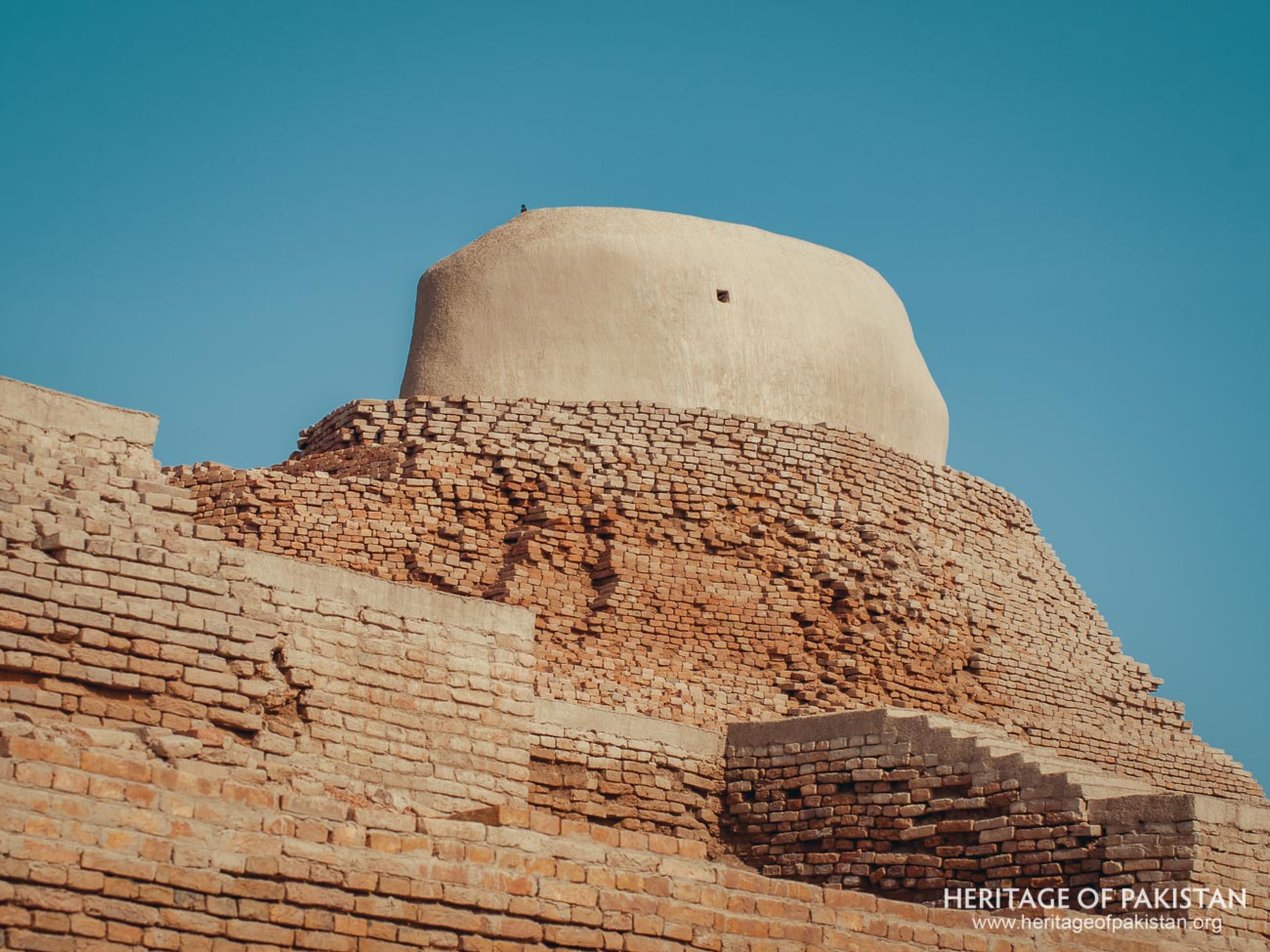
In the following years, more systematic excavations were undertaken under the direction of John Marshall, the Director of the Archaeological Survey of India. Between 1924 and 1925, Marshall’s team revealed the larger city of Mohenjodaro, uncovering evidence of its complex urban layout and its role as a major center of the Indus Valley Civilization. Mohenjodaro is now recognized as the largest and one of the most important settlements of the civilization, providing invaluable insights into the social, economic, and cultural life of the Indus people.
In recognition of its historical and cultural significance, Mohenjo-Daro was designated as a UNESCO World Heritage Site. The site remains one of the most extensively studied archaeological locations of the Indus Valley Civilization, offering a unique glimpse into the ancient past and the remarkable achievements of one of the earliest urban societies. Despite the many mysteries that still surround this ancient city, Mohenjo-Daro continues to captivate researchers and scholars, shedding light on the enduring legacy of the Indus Valley Civilization.

The city of Mohenjodaro exhibits several defining characteristics that offer insights into the cultural, architectural, and social dimensions of the Indus Valley Civilization. One of the most notable aspects of its architecture is the widespread use of burnt brick, which has been employed universally in the construction of streets, drains, and residential buildings. The architectural style of the Indus Valley is markedly plain and utilitarian, a significant departure from the monumental structures, temples, and royal tombs characteristic of other ancient civilizations, such as those of Egypt and Sumer. Streets are well planned and the basic urban organization is based on straight lines. This pragmatic approach to urban planning suggests that the primary aim of the builders was to improve the comfort and functionality of everyday life rather than to display luxury or grandeur.
A key feature of Mohenjo-Daro is its advanced drainage system, which is regarded as one of the most sophisticated systems discovered in the ancient world. The city's drainage infrastructure reflects meticulous planning, with many houses equipped with their own baths and wells, emphasizing a concern for hygiene and public health. The drainage system also suggests a high degree of civic organization, as it would have required careful management and maintenance.
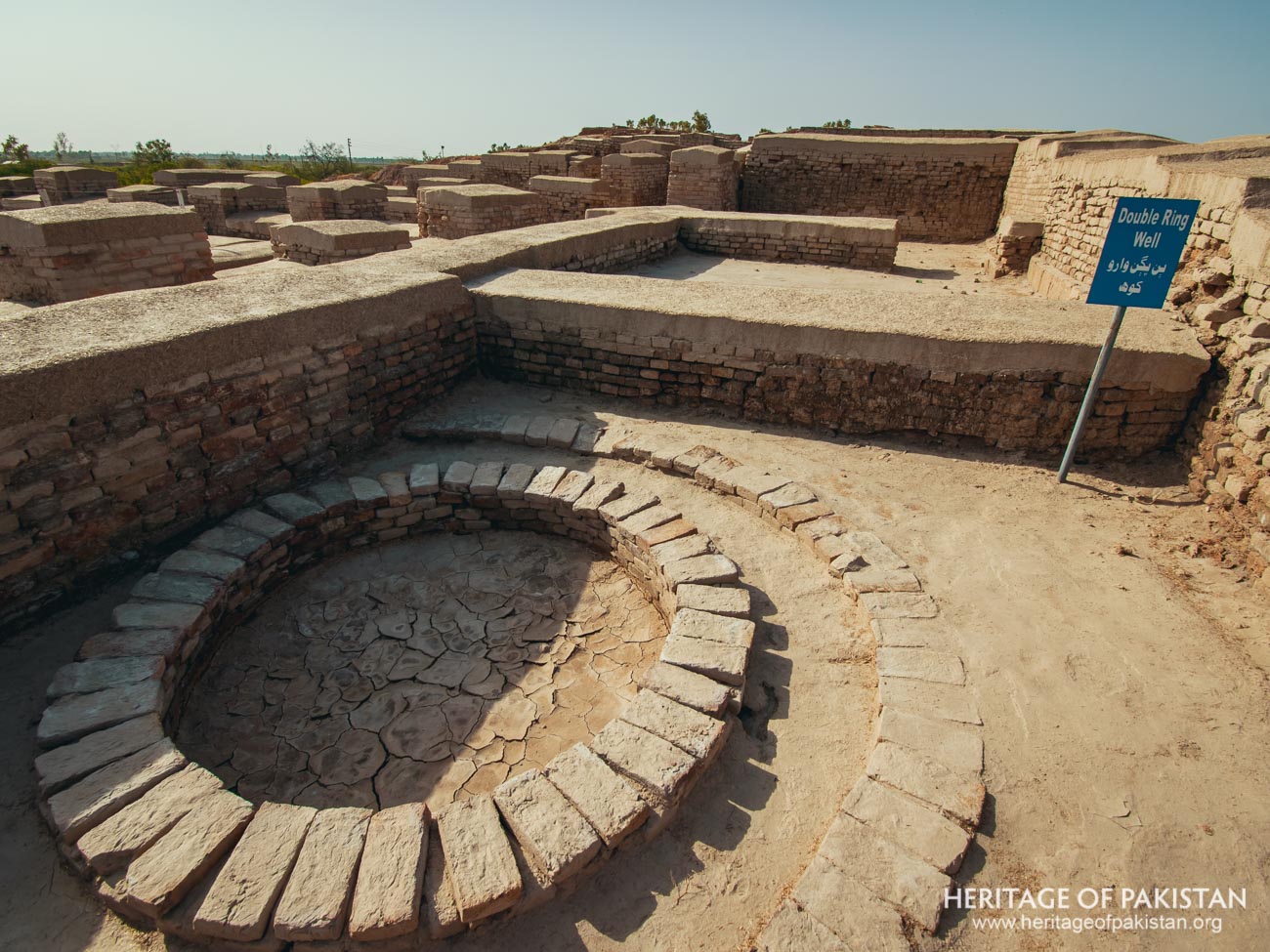
One of the most significant structures uncovered at Mohenjodaro is "The Great Bath," a large, well constructed pool. The Great Bath may have had religious or ceremonial functions, possibly being used for ritual purification or communal bathing. Its prominence within the city points to the importance of water in both daily life and religious practices. Additionally, the presence of various sculptures and art objects found throughout the site, including male and female figurines, as well as animal and bird models, provides further insight into the culture and artistry of the Indus Valley people.
One of the most iconic features of the Mohenjodaro site is the Buddhist stupa, which was constructed during the later Kushan period. This stupa, which rises high above the city, is a recognizable landmark of the site, though it is not part of the original city layout. Its construction reflects the layers of history and occupation that the site has experienced over millennia.
Among the various sculptures unearthed at Mohenjodaro, female figurines have attracted particular attention. These figurines, often depicted wearing jewelry and short skirts, are believed to represent the "Mother Goddess," a deity whose cult was popular throughout the Near East during ancient times. The Mother Goddess figure suggests that fertility and nature worship may have played a central role in the religious beliefs of the Indus people. In contrast, male sculptures are typically nude, bearded, and feature long hair tied at the back.
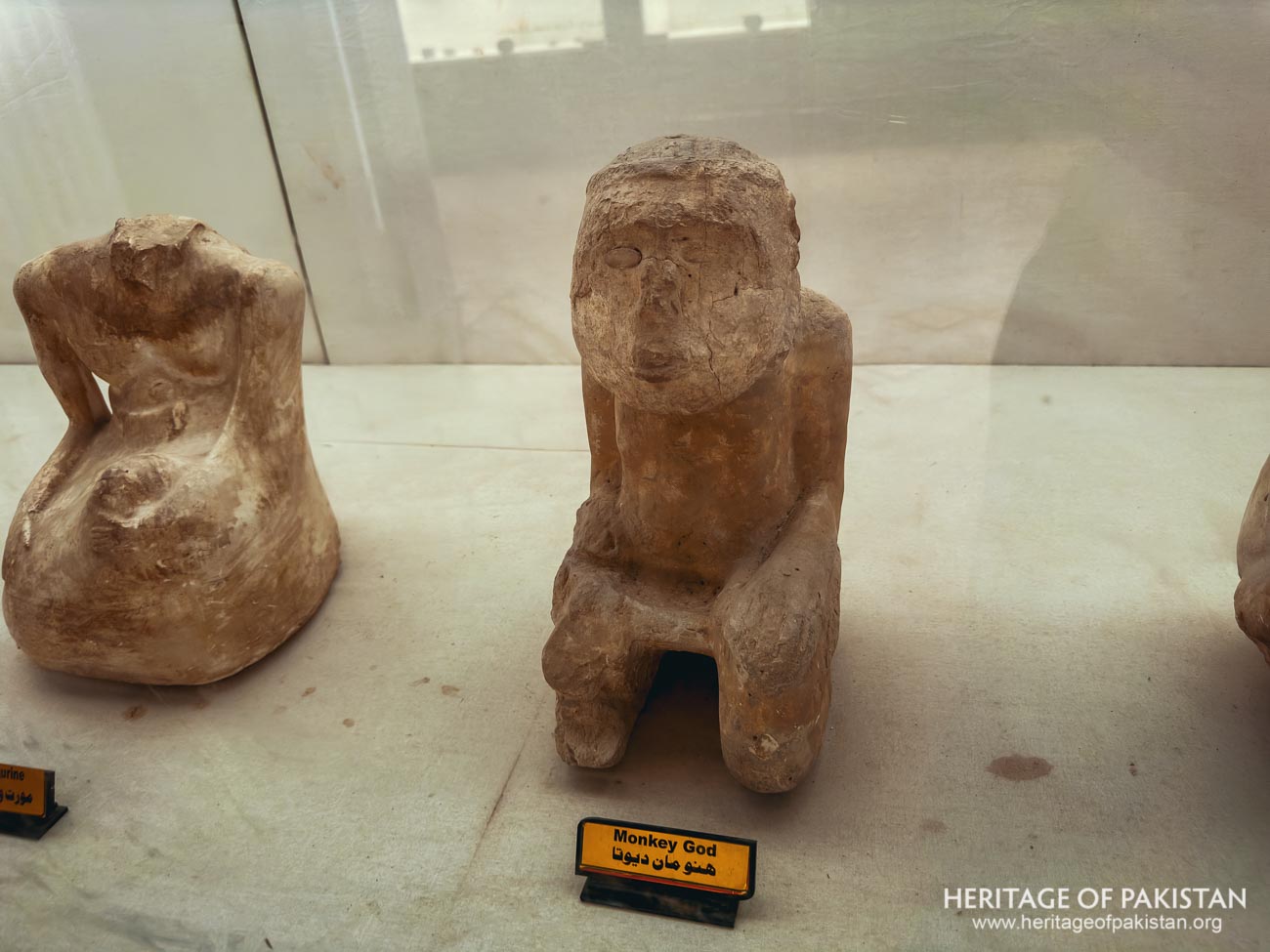
Two of the most important artifacts discovered at Mohenjodaro are the bust of the "Priest King" or "Nobleman" and the bronze sculpture known as the "Dancing Girl." The "Priest King" bust depicts a figure wearing a robe adorned with a trefoil pattern, possibly indicating a person of high status or religious significance. The "Dancing Girl" sculpture, crafted from bronze, portrays a young girl in a dynamic posture, suggestive of movement and dance. Notably, the figure displays features resembling those of a flat, negroid type, adding to the diverse representations of human figures in Indus art.
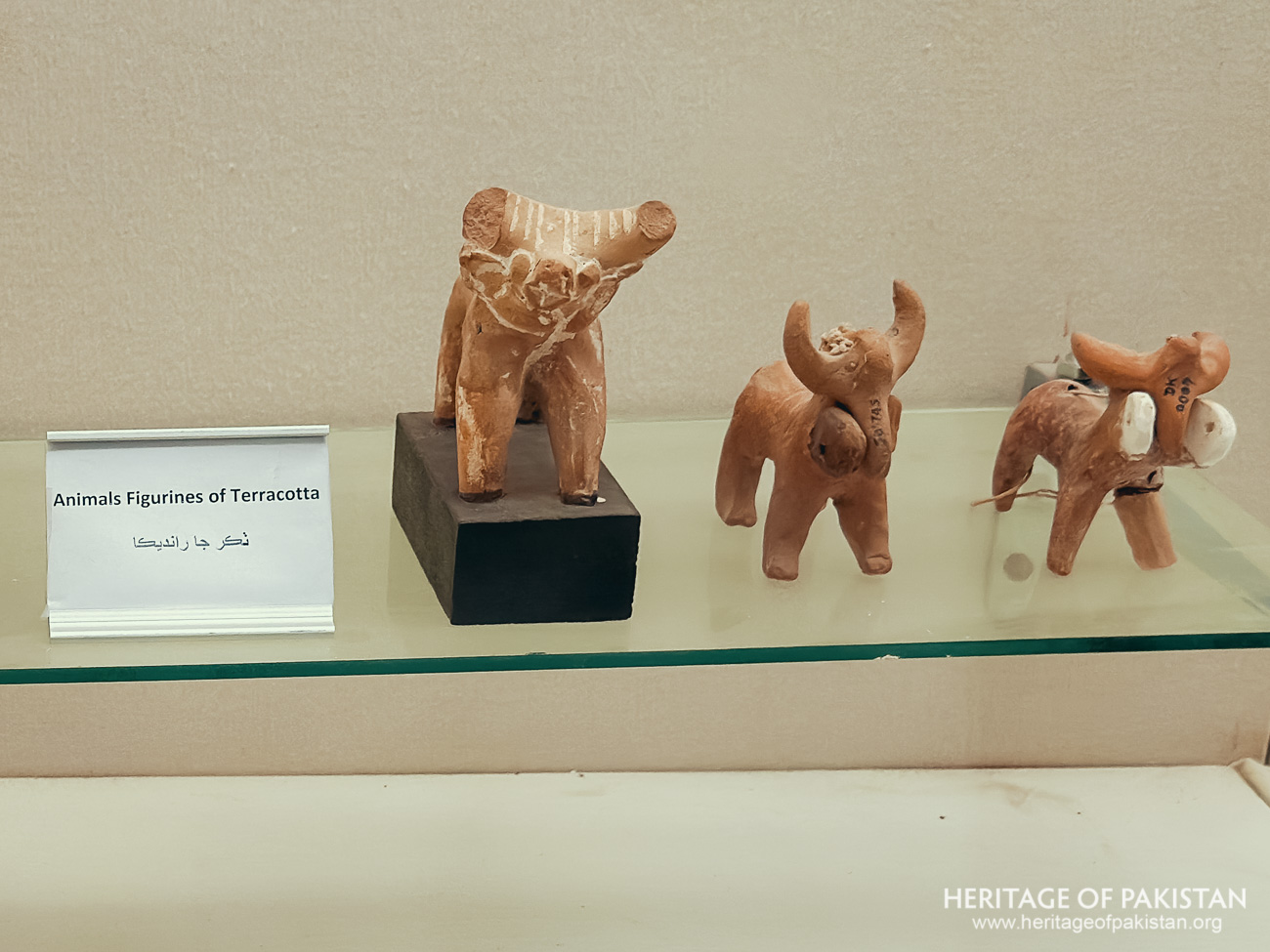
In addition to sculptures, numerous seals have been discovered at Mohenjodaro, many of which depict animals such as buffalo, short-horned bulls, Brahmani bulls, tigers, rhinoceroses, and crocodiles, as well as mythical creatures like unicorns. Some of these seals also feature mythical human figures with horns and tails, indicating a rich symbolic and mythological tradition. The seals are inscribed with short pictographic texts, which have yet to be deciphered, leaving much of the civilization's written record a mystery. These seals, often thought to convey religious beliefs or economic transactions, offer a tantalizing glimpse into the culture and economy of the Indus Valley people.
Numerous ornaments and jewelry pieces have also been found at the site, including necklaces and pendants crafted from semi-precious stones. Many of these artifacts are displayed at the Mohenjodaro museum, which houses a vast collection of finds from the site, including seals, figurines, and pottery. Pottery unearthed at Mohenjodaro includes both painted and plain varieties, with some displaying intricate geometrical patterns and stylized forms of humans, animals, and birds. The most common geometrical design is the intersecting circles pattern, while other decorative motifs include the "fish scale" pattern, the pipal leaf motif, and the chessboard design. In addition to painted pottery, embossed and stamped pottery has also been discovered.
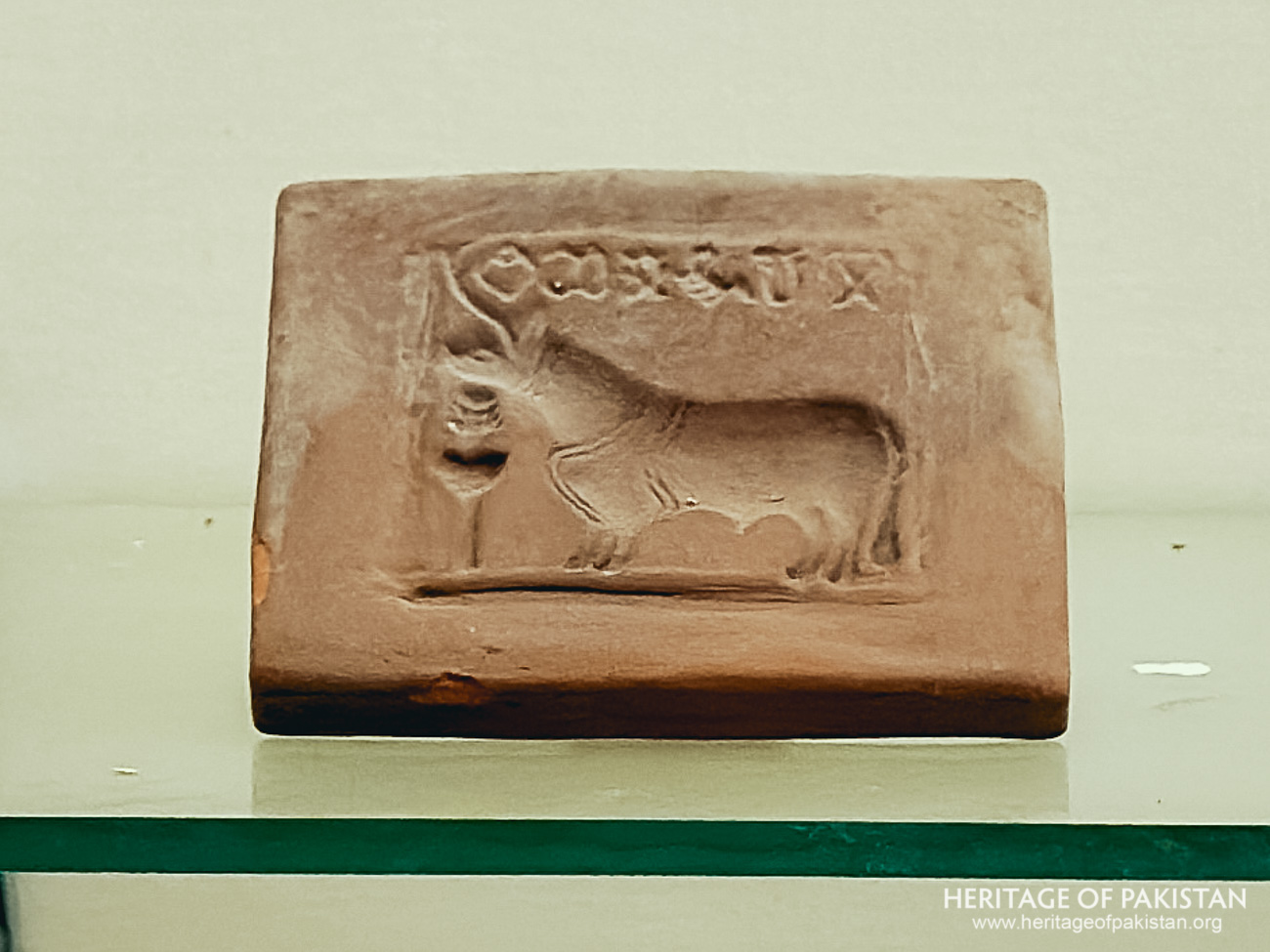
Mohenjodaro has yielded a variety of utensils as well, with copper and bronze being the primary materials used for the production of household items, implements, and jewelry. This reliance on metalwork further demonstrates the advanced craftsmanship of the Indus Valley Civilization.
From a socio-cultural perspective, the people of the Indus Valley were of non-Aryan racial stock and practiced a religion that included elements of animal and tree worship, as well as the veneration of the Mother Goddess. Their religious practices and beliefs, as inferred from the archaeological evidence, reflect a close connection to nature and fertility, themes that were prevalent in many contemporary civilizations across the ancient Near East.
The archaeological discoveries at Mohenjo-Daro provide valuable insights into the urban planning, daily life, art, and religious practices of the Indus Valley Civilization. The city's sophisticated architecture, particularly its drainage system, its rich artistic traditions, and its religious artifacts, collectively paint a picture of a highly organized and culturally vibrant society. Despite the many mysteries that remain, the site continues to be a focal point for researchers seeking to understand one of the world's earliest urban civilizations.
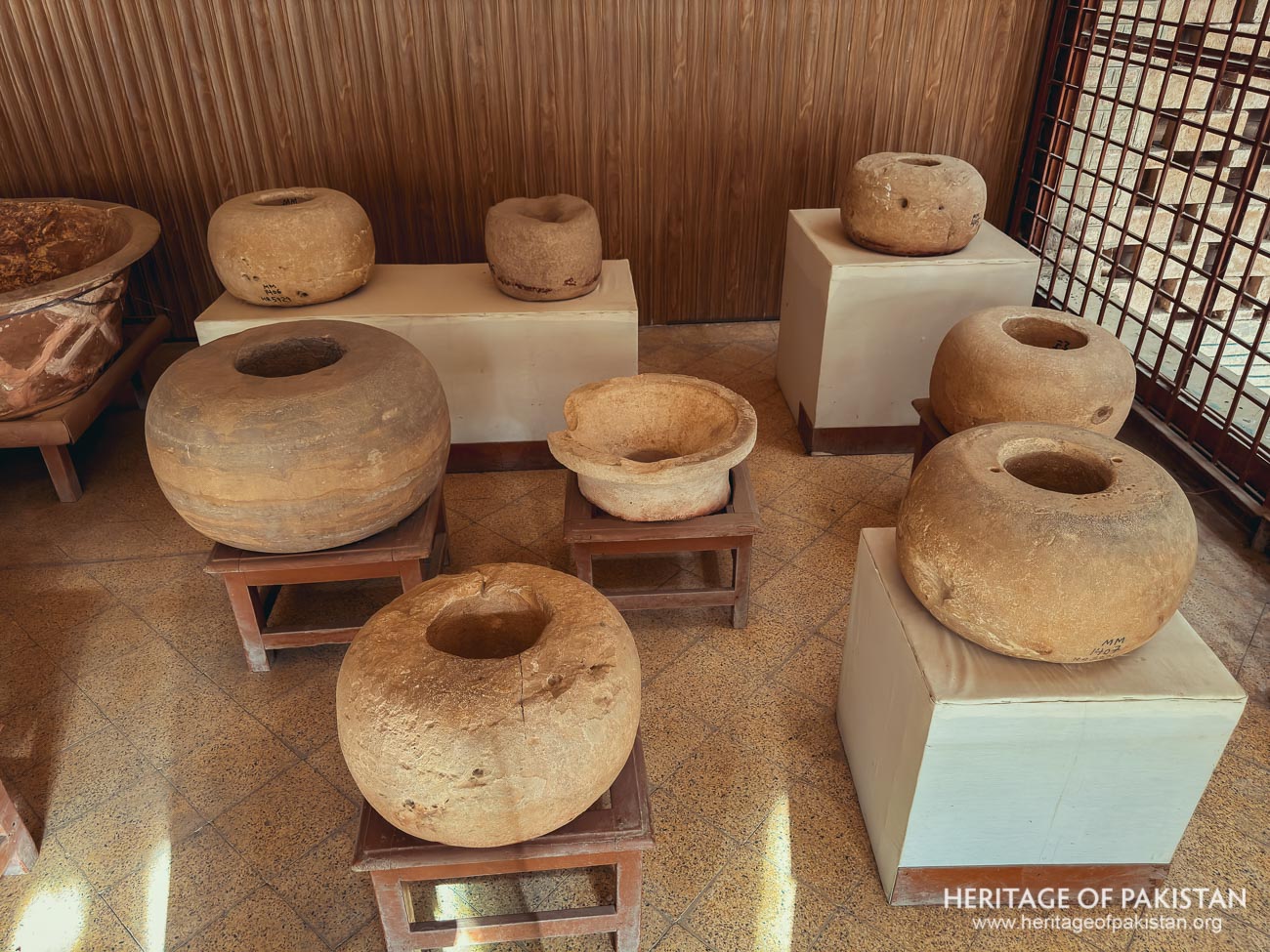
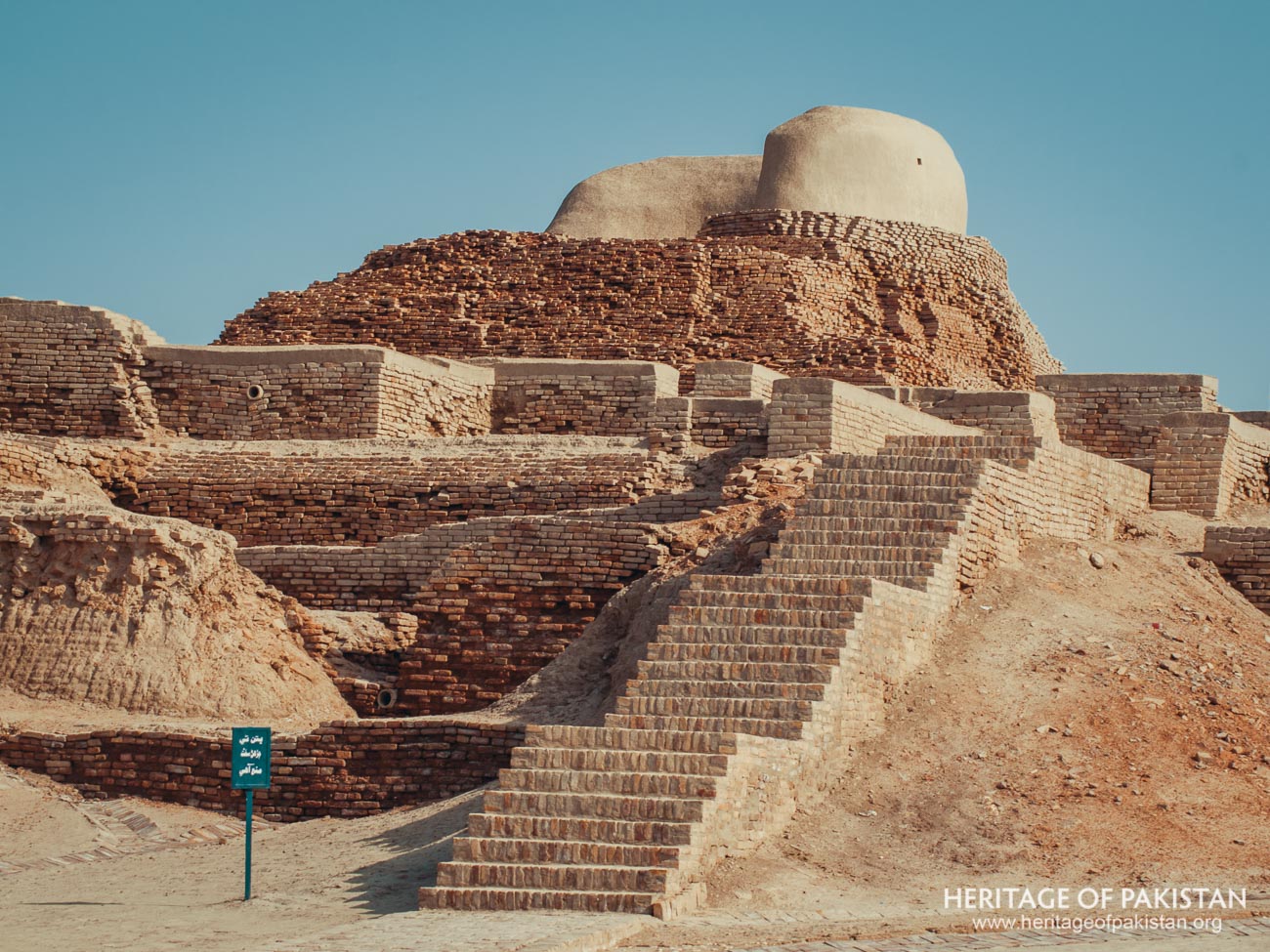
Discover the Mohenjodaro image gallery and immerse yourself in photographs

All Photographs by Syed Noor Hussain and Sania Azhar.
All Rights Reserved. Photos may be used for Non-Commercial, educational, Artistic, Research, Non-Profit & Academic purposes.
Commercial uses require licensing agreement.


Add a review